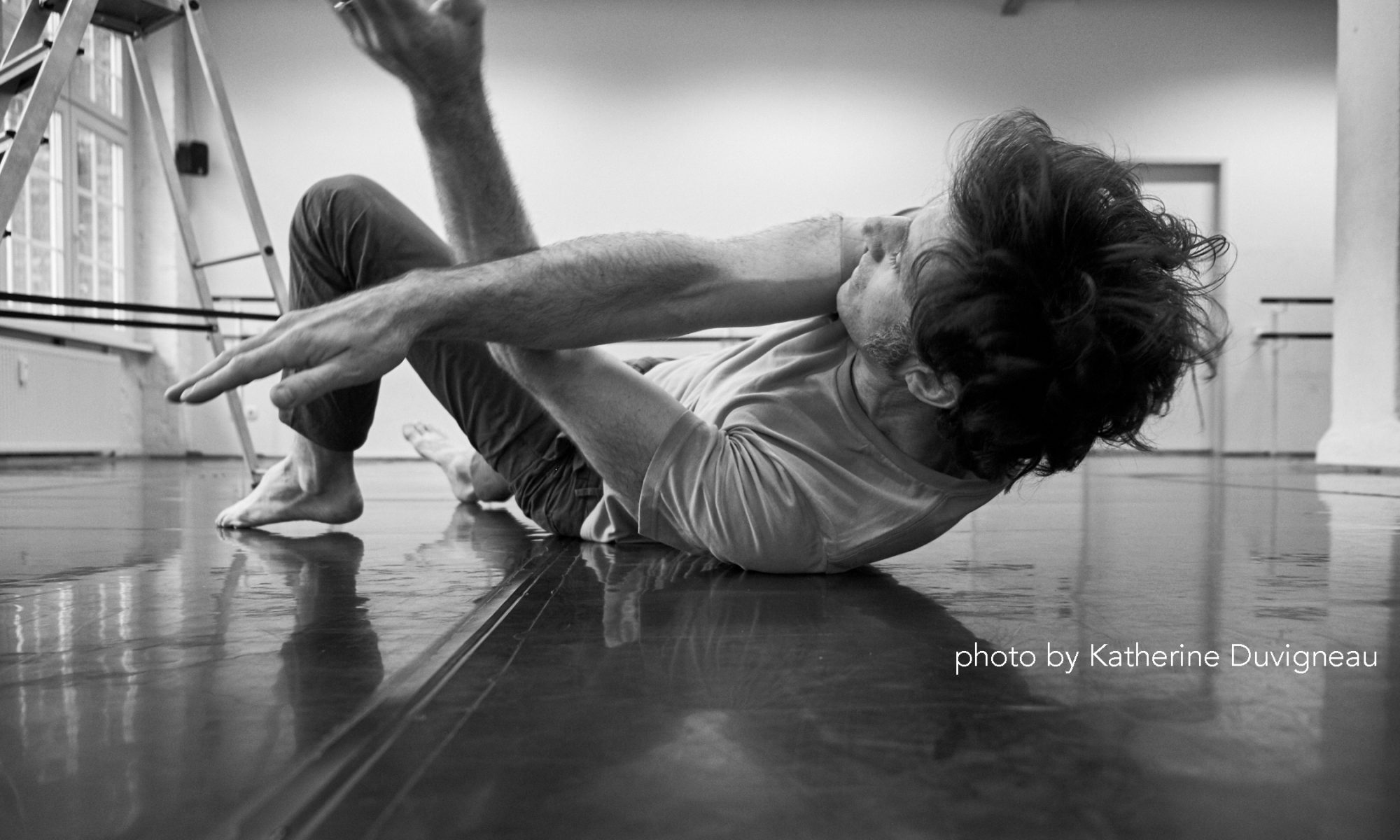Technique trains instinct
Presence vs. Awareness
Presence.
What is it?
There are many workshops that deal with presence. Practicing it, creating different kinds of presence.
But there is only one kind of presence – either you are in the room or you are not. It’s digital,a binary. Either the food is in your belly or it is not. Either the whisky is in your glass or it is not. Either you’re pregnant or you’re not.
If we are to look at the etymology of the word (and a little part of me dies when I do this), we see that presence comes from Latin praesentia – “a being before”. The origins of the word have nothing to do with awareness. Before…in front of…location…place…space…either you are before someone or not.
Does this mean that practicing presence is an exercise in punctuality? You are either in the studio or not. Punctuality is something that many dancers could practice. Oh, the irony…we of time based art have a hard time showing up at the correct time.
What people really mean when they say presence is awareness. When people say that someone is not very present, they mean that someone’s awareness is on something other than what they themselves are focused on. Differing awarenesses.
Seeing dancers who are not very “present” on stage… well, that’s impossible. If they weren’t present, you couldn’t see them. They appear “not present” because their awareness is elsewhere. Frequently inexperienced dancers seem “not present”. Their awareness is probably taken up by nervousness, or anticipation of messing up the choreography. Their awareness is of the moment they are in, but their awareness of that moment is of a different variable than what the viewer is aware of. The nervous dancer is aware of his or her panic about the upcoming moments, getting that lift right, or freaked out in an open improvisation because s/he is “stuck” center stage in a ball facing the floor. It seemed like a brilliant choice 2 minutes ago…what do I do now?
The “unpresent” dancers, though, have not disappeared. They are just focused on something else than the viewer is.
Injuries can also come from lack of “presence”. This, though, is a result of a difference in awareness. Imagine a contact jam. Person X is very present in (or aware of) his sensations – the weight on his torso, the sweat of his partner, the exertion of his muscles etc. He is so caught up in his sensory perceptions, that his awareness doesn’t see the heel headed towards his face.
BAM!
Heel meets face. Ouch. If he really weren’t present, then he would have not been hit. If his awareness were outwards, he might have been able to avoid the incoming heel. His awareness could have changed his presence to another location and avoided the calcaneal(is that a word?) collision.
presence, awareness, presence, awareness…
By conflating the two terms, and I would say that people favor presence, giving it greater value, we are favoring the mind over the body.
Maybe this is a Cartesian remnant, a vestigial thought held over from the Enlightenment – I think therefore I am – favoring the mind over the body.
